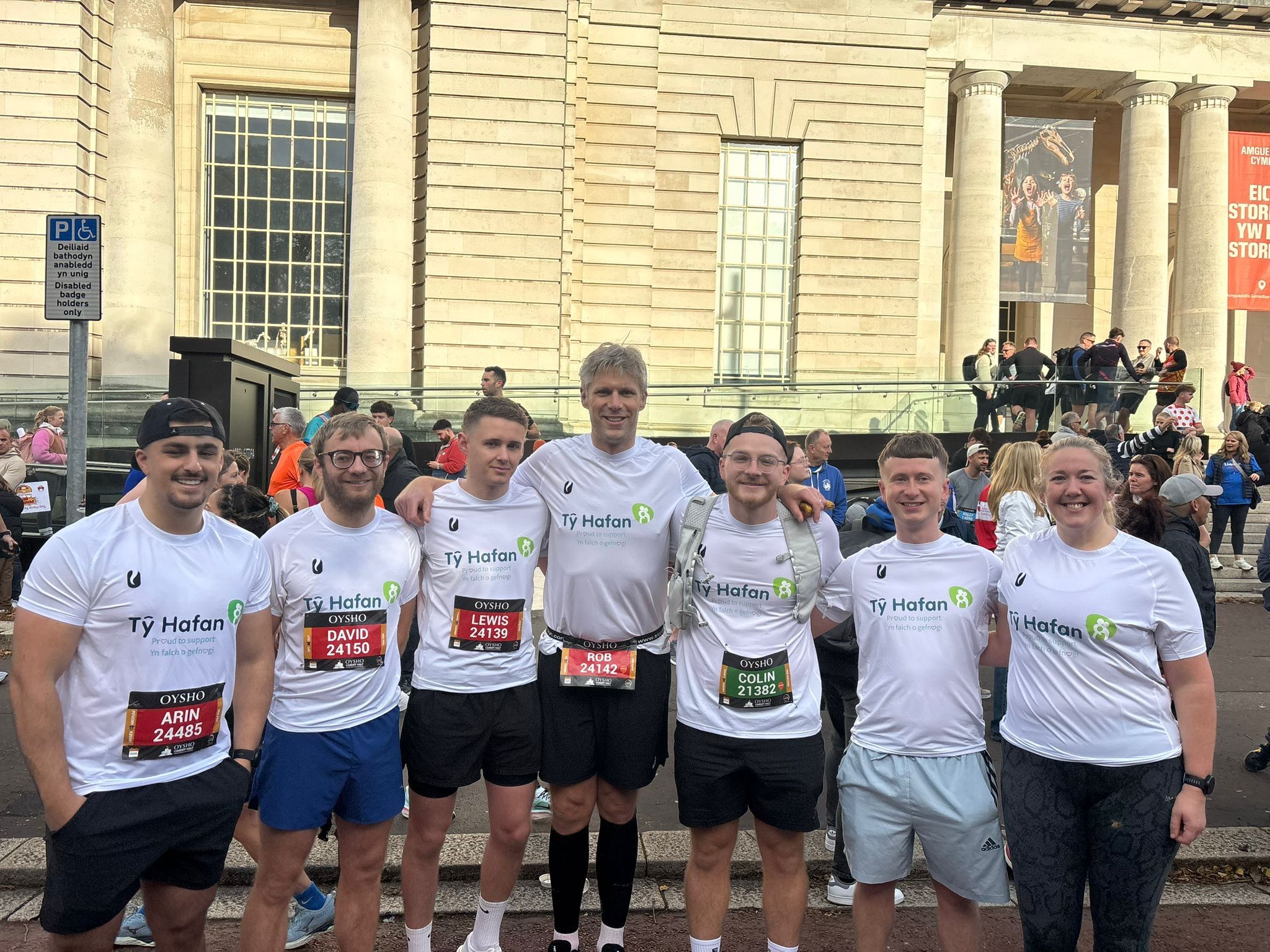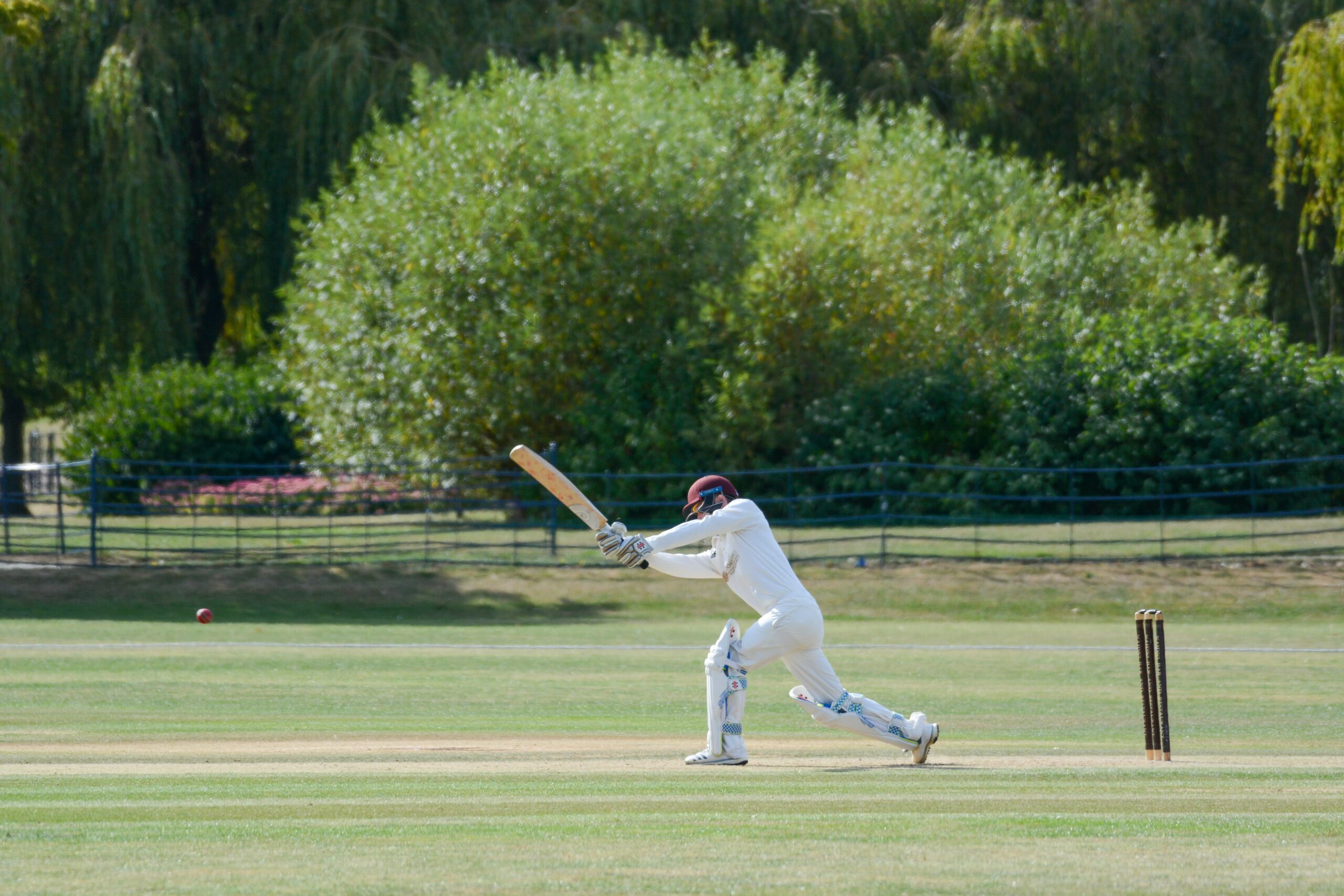This would be followed by an ‘end of period statement’, which would replace the need for a Self-Assessment Tax Return.
When we wrote to clients in September, we identified a number of significant difficulties with this new system that HMRC had yet to address, including:
- how to separate rental accounts between individuals for reporting purposes
- how to report multiple properties held unequally between different individuals
- what happens if you are not responsible for preparing the rental accounts
- how the process could be done quickly, without hassle and without incurring additional costs
- the level at which the reporting requirement was set (£10,000)
We are therefore very pleased to confirm that yesterday HMRC recognised that this is a significant change to Self-Assessment processes at a time when many people are still facing a challenging economic environment. They agreed that more time is needed to address the many difficulties and extended the transition to the mandatory use of software by two years to 6 April 2026.
We are also pleased to confirm that the income level, at which individuals need to start quarterly reporting, is being raised. Previously a combined gross rental and gross trade income of just £10,000 was sufficient to be subject to the new MTDITSA rules. Combined annual turnover and property income will now need to be above £50,000 before digital records and quarterly updates to HMRC will be required in April 2026. Individuals with combined income between £30,000 and £50,000 will currently be expected to start quarterly reporting from April 2027.
There are no plans currently for partnerships or individuals with annual income or property turnover under £30,000 to undertake the reporting, although this may be in the pipeline if we progress with MTDITSA in April 2026.
If you are interested in quarterly reporting or wish to learn more, please do not hesitate to contact us.




